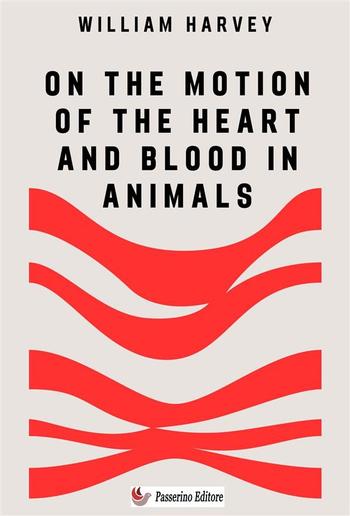
William Harvey - On the Motion of the Heart and Blood in Animals
On the Motion of the Heart and Blood in Animals
William Harvey
Description
Exercitatio Anatomica de Motu Cordis et Sanguinis in Animalibus (Latin, 'An Anatomical Exercise on the Motion of the Heart and Blood in Living Beings'), commonly called De Motu Cordis, is the best-known work of the physician William Harvey, which was first published in 1628 and established the circulation of blood throughout the body.It is a landmark in the history of physiology, with Harvey combining observations, experiments, measurements, and hypotheses in an extraordinary fashion to arrive at his doctrine. His work is a model of its kind and had an immediate and far-reaching influence on Harvey's contemporaries; Thomas Hobbes said that Harvey was the only modern author whose doctrines were taught in his lifetime.In De motu cordis, Harvey investigated the effect of ligatures on blood flow. The book also argued that blood was pumped around the body in a "double circulation", where after being returned to the heart, it is recirculated in a closed system to the lungs and back to the heart, where it is returned to the main circulation.William Harvey (1 April 1578 – 3 June 1657) was an English physician who made influential contributions in anatomy and physiology. He was the first known physician to describe completely, and in detail, the systemic circulation and properties of blood being pumped to the brain and the rest of the body by the heart, though earlier writers, such as Realdo Colombo, Michael Servetus, and Jacques Dubois, had provided precursors of the theory.Translated by Robert Willis.

